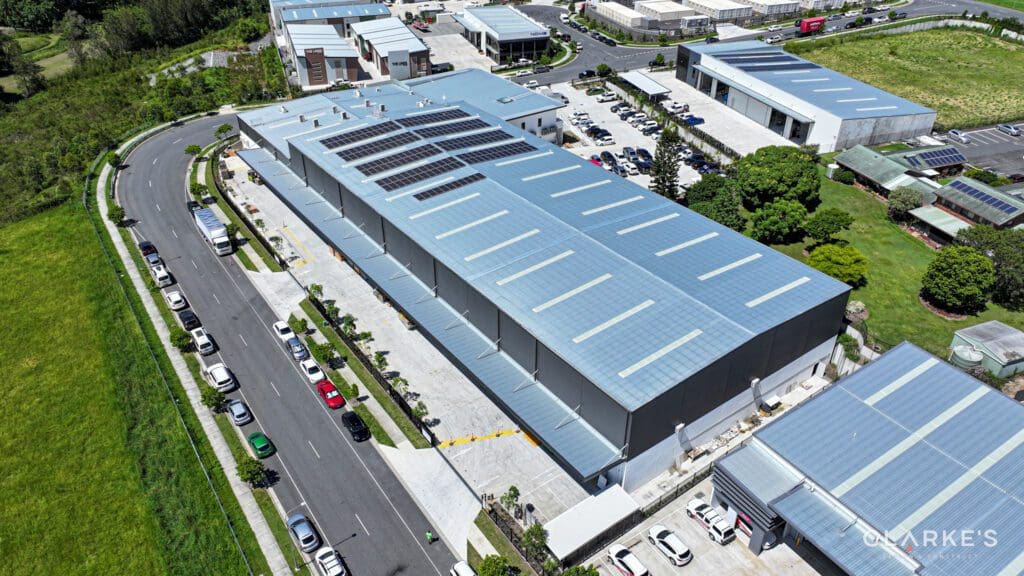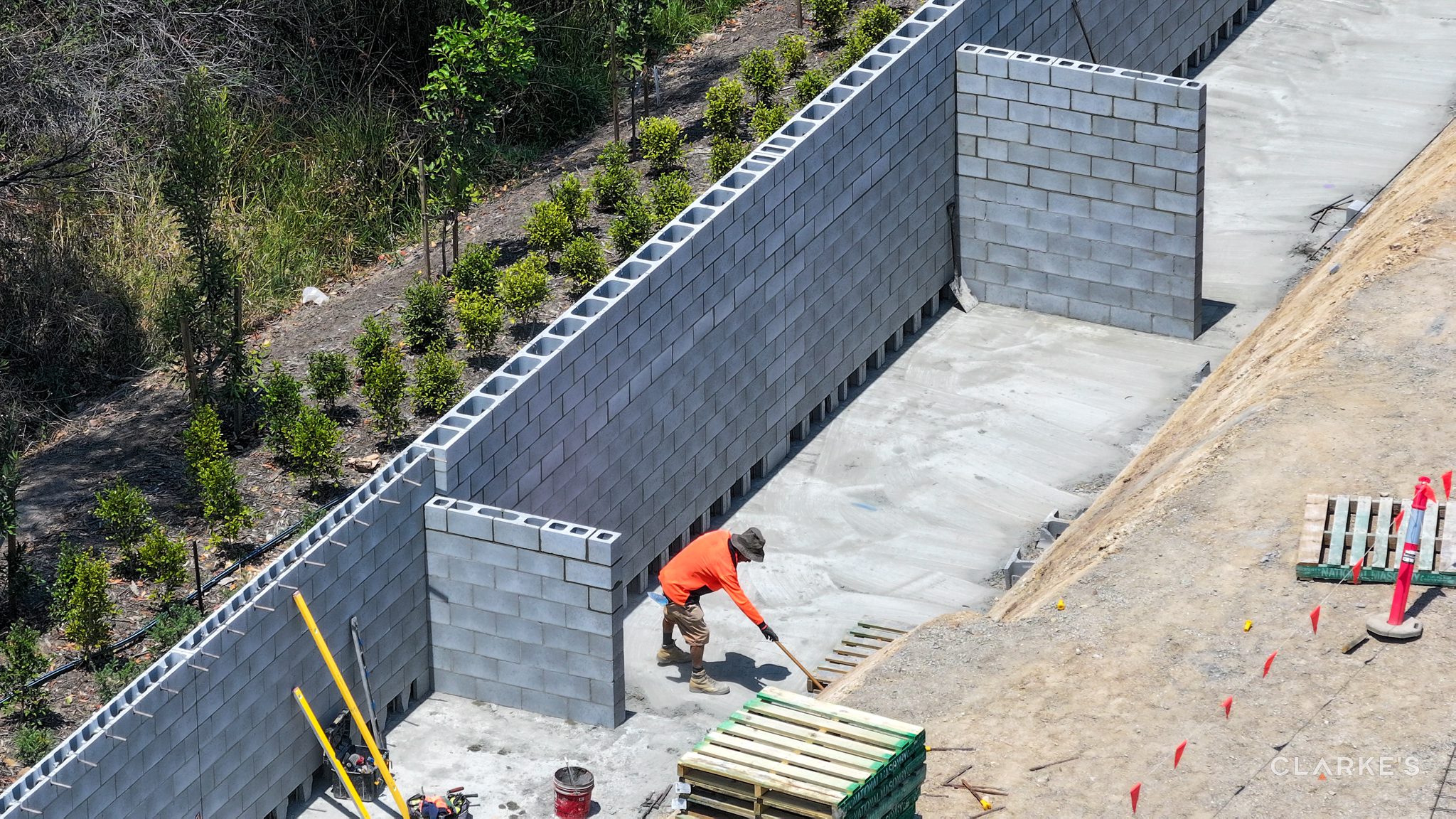In recent years, sustainability has become a central focus in the commercial construction industry across Australia. With growing awareness of environmental issues and the need for eco-friendly solutions, businesses are increasingly turning to sustainable building practices to meet their construction needs. In this blog post, we’ll explore the key trends and innovations shaping the landscape of sustainable commercial construction in Australia.
1. Green Building Certification Programs: One notable trend in the Australian commercial construction sector is the widespread adoption of green building certification programs such as Green Star and NABERS. These programs assess the environmental performance of buildings and provide ratings based on factors such as energy efficiency, water usage, and indoor environmental quality. Businesses are prioritizing these certifications to demonstrate their commitment to sustainability and attract environmentally-conscious tenants.
2. Renewable Energy Integration: Another emerging trend is the integration of renewable energy systems into commercial building design. Solar panels, wind turbines, and geothermal heating and cooling systems are being incorporated into new construction projects to reduce reliance on traditional energy sources and lower operating costs. Advances in technology have made renewable energy more accessible and cost-effective, driving its adoption in the commercial sector.
3. Innovative Materials and Construction Techniques: Innovations in materials and construction techniques are also reshaping the way commercial buildings are designed and built. From recycled and low-impact building materials to modular construction methods, builders are exploring new approaches to minimize waste, enhance energy efficiency, and accelerate project timelines. Prefabrication and off-site construction are particularly gaining traction for their ability to reduce construction waste and minimize on-site disruptions.
4. Emphasis on Indoor Environmental Quality: In addition to sustainability considerations, there’s a growing emphasis on indoor environmental quality in commercial building design. Businesses are prioritizing features such as natural daylighting, improved ventilation systems, and low-VOC (volatile organic compound) materials to create healthier and more productive indoor environments for occupants. Enhanced indoor air quality has been shown to reduce absenteeism, improve employee morale, and increase overall well-being.
Conclusion: As sustainability continues to take center stage in the commercial construction industry, businesses in Australia are embracing innovative solutions to meet the evolving needs of their clients and communities. By prioritizing green building practices, integrating renewable energy systems, and leveraging advanced construction techniques, builders can create commercial spaces that are not only environmentally responsible but also economically viable and socially beneficial. At Clarkes Design and Construct, we’re committed to driving the future of sustainable commercial construction in Australia and beyond.
Explore the Real Commercial listing for 26 Ern Harley Drive, Burleigh Heads, QLD 4220.









